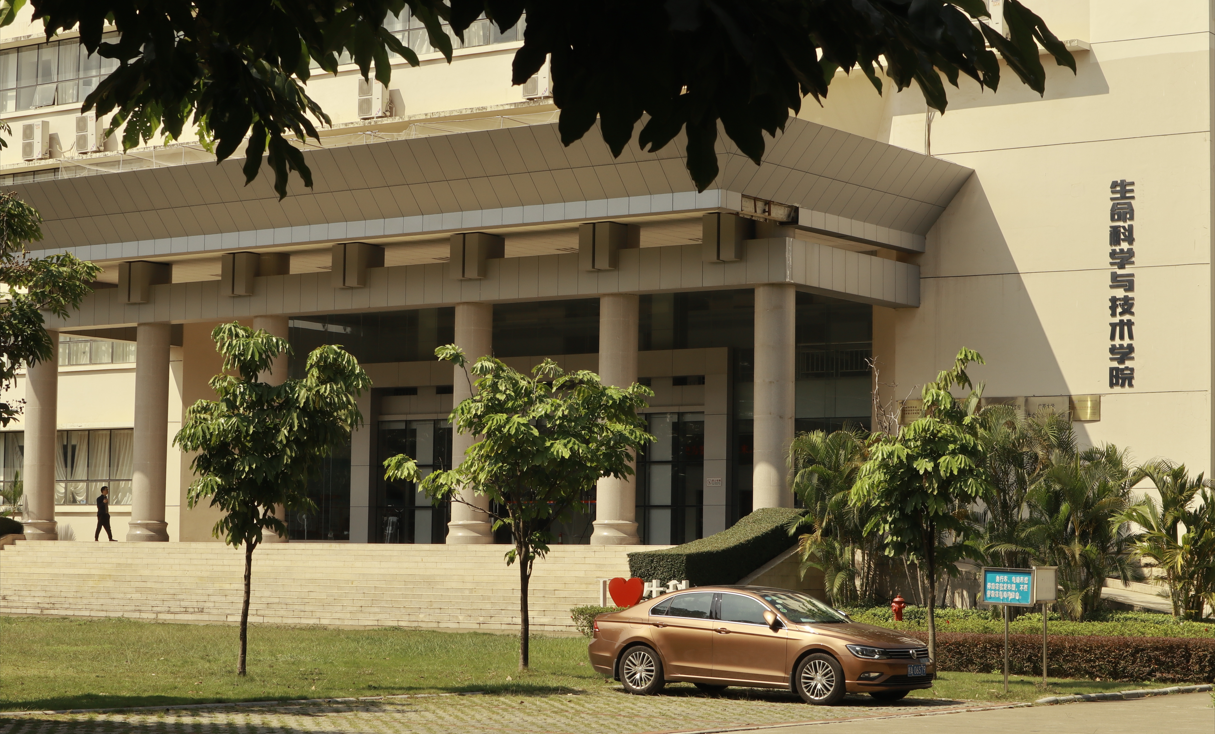The sample file format for uploading is as follows.
You can download sample data here .
knitr::opts_chunk$set(echo = TRUE)
R Markdown
This is an R Markdown document. Markdown is a simple formatting syntax for authoring HTML, PDF, and MS Word documents. For more details on using R Markdown see http://rmarkdown.rstudio.com.
When you click the Knit button a document will be generated that includes both content as well as the output of any embedded R code chunks within the document. You can embed an R code chunk like this:
summary(cars)
Including Plots
You can also embed plots, for example:
plot(pressure)
Note that the echo = FALSE parameter was added to the code chunk to prevent printing of the R code that generated the plot.
玫瑰图
*柱状图的变种

df<-data.frame(x=LETTERS[1:6],
y=sample(1:10,6))
library(ggplot2)
ggplot(df,aes(x=x,y=y))+
geom_col(aes(fill=x),show.legend = F)+
coord_polar()

x<-1:180
x
y<-sin(10*x*pi/180)
df<-data.frame(x=x,y=abs(y))
df$yz<-df$y*df$z
ggplot(data=df,aes(x=x,y=y))+
geom_area(fill="blue",
alpha=0.5,
color="black")+
coord_polar()+
theme_bw()+
theme(axis.text = element_blank(),
axis.ticks = element_blank(),
panel.border = element_blank(),
axis.title = element_blank())

完整代码
library(tidyverse)
library(ggplot2)
set.seed(123456)
df<-data.frame(x=LETTERS[1:10],
y=sample(1:20,10))
df
x<-1:180
x
y<-sin(10*x*pi/180)
df1<-data.frame(x1=x,
y1=abs(y),
var=gl(10,18,labels = LETTERS[1:10]))
df1
merge(df1,df,by.x = 'var',by.y = 'x') %>%
mutate(new_y=y1*y) -> df2
ggplot(data=df2,aes(x=x,y=new_y))+
geom_area(aes(fill=var),
alpha=0.8,
color="black",
show.legend = F)+
coord_polar()+
theme_bw()+
theme(axis.text.y = element_blank(),
axis.ticks = element_blank(),
panel.border = element_blank(),
axis.title = element_blank())+
scale_x_continuous(breaks = seq(9,180,18),
labels = df$x)+
geom_text(data=df,aes(x=seq(9,180,18),
y=y+1,
label=y))

堆叠柱状图
海盗图
当因变量(Dependent variable)为数值型,自变量(Independent variable)为分类变量时,可以选择箱形图,柱状图,或小提琴图等等。
- 1. 原始数据,通常为点。
- 2. 柱状图形:显示数据的集中趋势(如:中位数,均数)。
- 3. 密度图:呈现数据的分布。
- 4. 统计推断:如95%可信区间等。
library(yarrr) #预先安装 # 基础版本的海盗图;选择两个变量作为作图的数据:weight作为因变量,Diet作为自变量。ChickWeight为自带数据 pirateplot(weight ~ Diet, data = ChickWeight, theme = 1, #1,3好看一些 main = "Pirate plot", inf.method = "ci", # 下方海盗图中部位置的框指的是可信区间 bar.f.o = 0.2) # 调整柱状图部分的颜色深度,数值从0-1 # pal = "decision" #自选调色板 # piratepal(palette = "all") # 所有颜色本文参考
ROC曲线绘制
# 真阳性(True Positive , TP)被模型预测为正的正样本;
# 假阴性(False Negative , FN)被模型预测为负的正样本;
# 假阳性(False Positive , FP)被模型预测为正的负样本;
# 真阴性(True Negative , TN)被模型预测为负的负样本。
# ROC曲线 y轴为TPR(击中率);x轴为1-TNR(虚报率)
# 准确率(Precision) = TP/(TP+FP)
# F1 = 2 * P * R / (P + R) 同时描绘了准确率和灵敏度
# AUC:ROC曲线下面积
#逻辑回归
library(pROC) #输入一列真实的分类,一列模型的预测概率
## 实战1:逻辑回归ROC
library(rio);library(tidyverse)
library(car)
library(mlogit)
Cured = c(0, 0, 0, 0, 0, 0, 0, 0, 0, 0, 0, 0, 1, 1, 1, 1, 1, 1, 1, 1, 1, 1)
Intervention = c("NO", "NO", "YES", "NO", "NO", "NO", "YES","NO", "NO", "NO", "NO", "NO", "YES","YES","YES","YES", "NO","YES", "YES", "YES", "YES", "NO" )
Duration = c(7, 7,6, 5, 7, 4, 7, 6, 3, 7, 6, 3, 8, 8, 7, 9, 9, 7, 8, 5, 10, 9)
A = data.frame(Cured,Intervention,Duration)
M1 = glm(data = A, Cured~Intervention,family = binomial()) #二项分布(二元)
M2 = glm(data = A, Cured~Intervention+Duration,family = binomial()) # JASP中的factor和cov类似
## ROC曲线的绘制
Yhat1 = predict(M1,A,type = 'response') #预测概率值 注意逻辑回归里面type选response
Yhat2 = predict(M2,A,type = 'response') #预测概率值
A$cured;Yhat1;Yhat2
modelroc = roc(A$Cured,Yhat1)
modelroc2 = roc(A$Cured,Yhat2)
plot(modelroc,print.auc=T,auc.polygon=T,max.auc.polygon=T,print.thres=T,auc.polygon.col='skyblue' ,main="ROC", percent=TRUE)
lines(modelroc2,col=2)
auc(A$Cured,Yhat1);auc(A$Cured,Yhat2) #计算AUC值
#ggplot画风的ROC
(g=ggroc(list(modelroc,modelroc2),legacy.axes = T,lwd=1.5))
g+theme_minimal() + ggtitle("My ROC curve") +
geom_segment(aes(x = 0, xend = 1, y = 0, yend = 1), color="grey", linetype="dashed")

机器学习与特征抽取
library(phyloseq)
library(randomForest)
library(tidyverse)
#数据整理和随机僧林
# 包在github上不是很容易安装
#library(ggClusterNet)
# data(ps)
map = as.data.frame(sample_data(ps))
head(map)
#-scaleing relative abundancce#----
ps_rela = transform_sample_counts(ps, function(x) x / sum(x) );ps_rela
mapping = as.data.frame(sample_data(ps_rela))
otutab = as.data.frame((vegan_otu(ps_rela)))
# Set classification info.
otutab$group = factor(mapping$Group)
# set random seed for reproducible reandomforest model
set.seed(315)
model_rf= randomForest::randomForest(group ~ ., data=otutab, importance=TRUE, proximity=TRUE)
print(model_rf)
重要变量提取和整理
#------------k可视化
###### inportant OTU picked out and plot
a=as.data.frame(round(importance(model_rf), 2))
a$id=row.names(a)
a2<- dplyr::arrange(a, desc(MeanDecreaseAccuracy))
row.names(a2)=a2$id
a3=head(a2,n=20)
taxonomy <- as.data.frame(vegan_tax(ps))
tax = taxonomy[rownames(a3),]
a3 = merge(a3,tax,by = "row.names",all = F)
row.names(a3) = a3$Row.names
a3$Row.names = NULL
OTU = vegan_otu(ps_rela)
### pice mapping
design = as.data.frame(sample_data(ps_rela))
#mean abundance by groups
iris.split <- split(as.data.frame(OTU),as.factor(design$Group))
iris.apply <- lapply(iris.split,function(x)colMeans(x,na.rm = TRUE))
norm2 <- do.call(rbind,iris.apply)%>% # combine result
t()
colnames(norm2) = paste(colnames(norm2),"mean",sep = "")
ind_fal = merge(a3,norm2,by = "row.names",all = F)
head(ind_fal)
火柴棒图形展示
p1 <- ggplot(a3, aes(x = MeanDecreaseAccuracy, y = reorder(id,MeanDecreaseAccuracy))) +
geom_point(size=6,pch=20,fill = "blue")+
geom_segment(aes(yend=id),xend=0,size=3)+
geom_label(aes(x =MeanDecreaseAccuracy*1.1, label = Phylum),size = 3)
p1


About MicrobioSee
MicrobioSee, a web-based community microbial metagenome visualization toolkit developed in this study can be used on all operating system platforms that support modern browsers, and MicrobioSee provides data mining and visualization services for the field of microbial integration research.
The detail of MicrobioSee at here.
Less is more.
Contact us
PI:Chengjian Jiang
Guangxi Research Center for Microbial and Enzyme Engineering Technology College of Life Science and Technology, Guangxi University, Nanning 530004, China.
E-mail: jiangcj@gxu.edu.cn
Update Log
2021-12-15 We developed a Windows client for MicrobioSee,and macos version is being developed.
2021-11-23 We have completed the migration of all services. After that, the update log is moved to the Instruction
2021-11-17 The tutorials were made into videos posted on YouTube and Bilibili.
2021-11-14 Debuged the Stacked Bar Charts.
2021-11-10 Sorted out the code and added the funciton of upset map
2021-11-03 Completed documentation of instructions. Fixed known bugs.
2021-9-1 Major development work completed.
